A. Needs Assessment:
We meet with representatives of the agency to identify the specific needs, concerns and goals of the program.
Working with the representatives or subject matter experts, we draft a course overview that includes the curriculum timeline.
B. Lesson Plan:
Our Lesson Design Process: We use a six-step competency-based lesson design process to ensure that each module in the course builds the necessary and appropriate skills:
Step #1: Identify and assess the learning needs. We start the process by interviewing the program organizers to fully understand the scope, depth and the learning expectations as well as the broader context in which this course will be taught. This may involve a survey of the target audience and their superiors.
Step #2: Establish the learning standards and benchmarks (learning objectives) based on the key content, the relevant Bloom’s taxonomy domain and respective active verbs. Create a detailed lesson plan and submit it for review. Make revisions as necessary.
Step #3: Set the agendas for the course.
Step #4: Select the learning activities. We use accelerated adult learning methodologies, which are the most effective for adults to learn and acquire skills. The curriculum will incorporate a variety of participatory skill-building learning activities structured to meet the needs of different learning styles.
A partial list of these activities includes: individual assessments, facilitated large and small group discussions, problem solving, questionnaires, debates, gallery walks, competitive brainstorming, case studies, action planning, application, quizzes and assessments exercises.
Step #5: Note how to evaluate if the learning needs have been met, applying Kirkpatrick’s model. Participant reaction would be identified through the session evaluations. Participant learning would be identified through their successful completion of the learning activities.
All the learning activities will be designed to help the participants: (1) learn the necessary skills and then (2) demonstrate their newly developed skills in the classroom, so the instructor can assess their proficiency.
C. Participant Manuals:
We then create participant manuals for each module. These include: a table of contents, agenda, learning objectives, reference materials, and worksheets/directions for learning activities, as well as an action plan, check for retention and evaluation sheet.
D. Audiovisuals:
PowerPoint slides are created, using the slides to supplement the content rather than provide the content. This means the slides are primarily bullet points and clip art/ tables/ charts to support key points.
Other audiovisuals, such as relevant movies and videotapes, may be incorporated as appropriate.
E. Facilitator Guides:
A detailed facilitator guide is created that identifies necessary materials, the purpose and timing of content and activities, key points to emphasize in lecturettes, and explanations regarding how to facilitate the different activities.
F. Train the Trainer Program:
A two-day train the trainer program is designed and provided to the instructors to prepare them to successfully facilitate the course.
On Day One: The participants gain a working understanding of the philosophy, goals, and methodology used to design the materials. They also experience the different types of learning activities used in the course, to see how they should be facilitated.
On Day Two: The participants practice facilitating sections of the course, for feedback from their peers and the instructor.
G. Job Aids:
These practice sessions and sections of the train the trainer course will be videotaped for placement on the agency website to serve as examples for future instructors.
This is in addition to the curriculum timeline, lesson plans, participant materials, audiovisuals, and facilitator guides.



